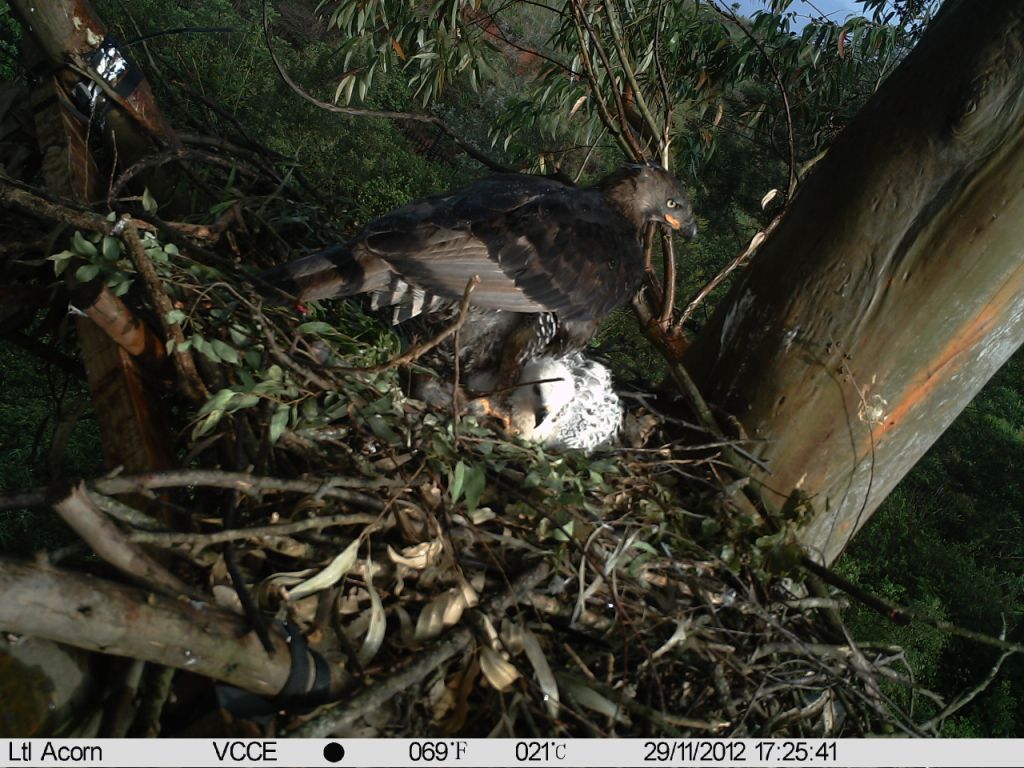In the last week I managed to squeeze a bit of spare time in to get out ringing again. Darvill proved a fruitful morning, and a few days later up in Howick in a local birdlife members garden. It is a lovely garden with plenty of space to put up mistnets. The nectar feeders attract a number of sunbirds, but unfortunately the Gurneys Sugarbirds were not present that morning for my big month list.
So the numbers climb, 65 species and about 450 individuals have passed through these clumsy fingers. there is still a fair way to go for the general ringing license. But a recent permitting condition for the eagle research was to be SAFRING registered, and so I now have a registration number and authority card outlining permissions to use various raptor trapping methods to ring raptors, alongside this Ezemvelo KZN Wildlife issued a permit for the province of Natal, and I celebrated this with a quick drive up to Cato ridge, where we caught and ringed one Jackal Buzzard and had a missed opportunity at a Long-crested Eagle.
So the numbers climb, 65 species and about 450 individuals have passed through these clumsy fingers. there is still a fair way to go for the general ringing license. But a recent permitting condition for the eagle research was to be SAFRING registered, and so I now have a registration number and authority card outlining permissions to use various raptor trapping methods to ring raptors, alongside this Ezemvelo KZN Wildlife issued a permit for the province of Natal, and I celebrated this with a quick drive up to Cato ridge, where we caught and ringed one Jackal Buzzard and had a missed opportunity at a Long-crested Eagle.
 |
| Yellow-throated Longclaw Macronyx croceus |
 |
| African Pygmy Kingfisher Ispidina picta |
 |
| male Dideric Cuckoo Chrysococcyx caprius |
 |
| Spectacled Weaver Ploceus ocularis |
 |
| Amethyst Sunbird Chalcomitra amethystina |
 |
| Malachite Sunbird Nectarinia famosa |
 |
| Dusky Indigobird Vidua funerea |
 |
| African Paradise Flycatcher Terpsiphone viridis |
 |
| Burchells Coucal Centropus burchelli |



















